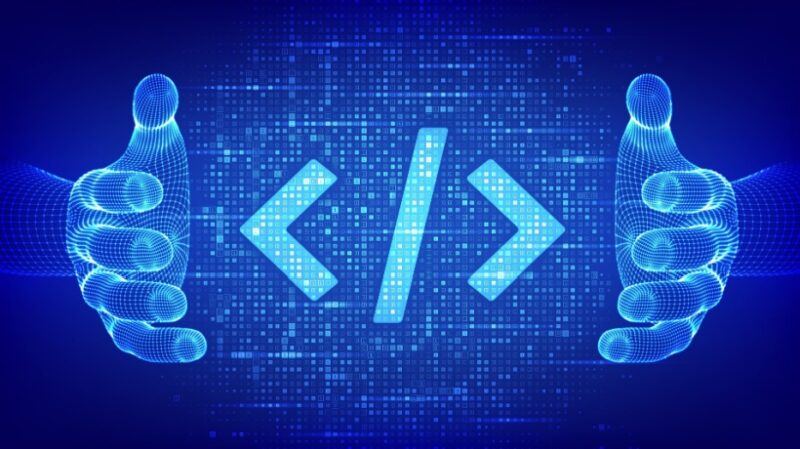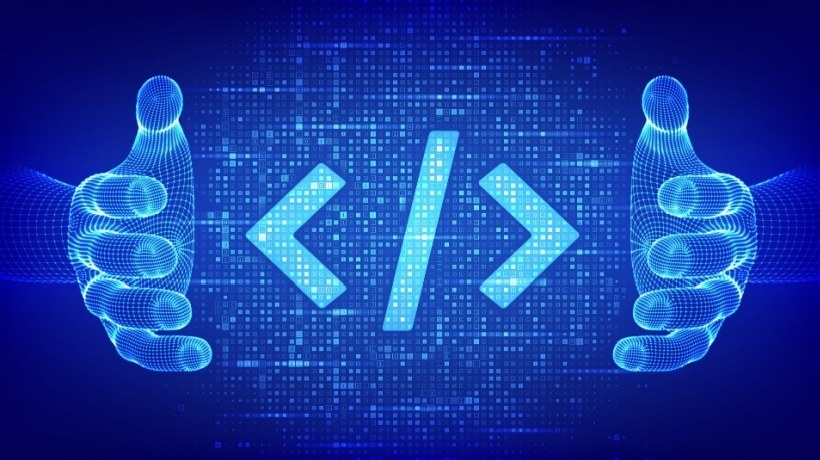
Citizen Development To Drive Hands-On Upskilling
In 2025, one thing is clear: the workplace skills landscape is evolving at an unprecedented pace. With Artificial Intelligence (AI), automation, and digital transformation driving seismic shifts across industries, 44% of workplace skills are expected to change by 2028, according to leading research. For Learning and Development (L&D) leaders, the question isn’t if employees need to upskill—it’s how fast they can do it.
Enter citizen development—a movement that empowers nontechnical employees to build apps, automate workflows, and solve business problems using no-code/low-code (LC/NC) platforms. Beyond enhancing efficiency, citizen development is fast becoming a strategic L&D tool that reshapes how organizations approach upskilling and reskilling. By allowing employees to learn by doing, citizen development fosters experiential learning, improves skill retention, and perfectly aligns with modern L&D needs—particularly in a world where agility, digital fluency, and innovation matter more than ever.
The Upskilling Imperative: Why Traditional L&D Falls Short
While traditional L&D methods—like seminars, eLearning modules, or certification courses—have their place, they often lack immediacy, personalization, and real-world application. Many employees complete training programs only to find themselves unable to apply their new knowledge in a meaningful way. In contrast, citizen development enables just-in-time, applied learning—employees don’t just learn about automation, data visualization, or process design; they build tools that reflect those skills in action.
What Is Citizen Development?
Citizen development refers to the practice of empowering business users—those outside of IT—to create digital solutions using no-code or low-code platforms. With intuitive drag-and-drop interfaces and guided workflows, these platforms allow employees to build apps, dashboards, forms, and process automations without writing a single line of code. In doing so, they learn vital digital competencies that are key to the future of work:
- Process optimization
- Workflow automation
- Data modeling and analysis
- Integration with AI tools
- User Experience (UX)/User Interface (UI) logic and problem-solving
The best part? They don’t need a technical background. The learning is embedded in the doing.
Case Study: Process Automation As A Training Ground
Take the example of a manufacturing company that used such a platform to streamline shop-floor reporting. Instead of outsourcing the app development to IT, they trained line supervisors—those who best understood the reporting pain points—to create the solution themselves. These frontline employees learned:
- How to design automated workflows for defect logging.
- How to integrate the app with their ERP system.
- How to build mobile-friendly interfaces for real-time data capture.
Not only did this speed up deployment, but these supervisors gained skills in process automation, system thinking, and digital tool configuration—all while solving their own workflow challenges. This approach transformed L&D from an isolated department into a business-driven enabler, making skill development practical, contextual, and instantly valuable.
Microlearning Meets Citizen Development
In a hybrid, fast-paced work environment, bite-sized learning is king. Microlearning—short, focused bursts of learning—has become a go-to L&D strategy. But what if employees didn’t just consume microlearning modules, but also created them? That’s where citizen development takes microlearning to the next level.
Real Example
A financial services firm asked junior analysts to build micro-apps for new hire onboarding. These apps covered small, essential tasks—like how to generate a report or review compliance steps. Not only did this reinforce the junior analysts’ knowledge, but the onboarding process became faster, more interactive, and peer-driven.
This is peer-to-peer microlearning, powered by no-code. And it’s scalable. Employees build quick-reference tools, onboarding guides, calculators, and checklists—all while learning:
- How to design User Experiences.
- How to communicate process logic.
- How to align learning goals with business outcomes.
It’s a win-win: learners become creators, and organizations get scalable knowledge assets.
Citizen Development Fuels Data-Driven L&D
One of the biggest challenges L&D teams face is measuring impact. How do you know if a course actually improved performance or productivity?
Citizen development solves this by creating real-time, measurable learning outputs. Here’s how:
- Every app built by a citizen developer can be tracked—usage, adoption rates, form completion times, workflow efficiencies.
- These metrics offer insight into how well an employee understood and applied what they learned.
- Tools even offer dashboards to visualize app impact, user behavior, and feedback loops.
For example, if a sales operations specialist builds a lead-tracking tool, L&D teams can assess:
- How often it’s used.
- How it improved task completion time.
- Whether it led to higher lead conversions.
These aren’t hypothetical ROI metrics—they’re live data points that connect learning to business value.
Core Skills Developed Through Citizen Development
Beyond technical know-how, citizen development helps employees grow in soft and strategic skills:
- Problem-solving
Building tools to fix workflow inefficiencies - Collaboration
Cocreating apps with peers or cross-functional teams - Digital literacy
Learning how to work with APIs, forms, and automation logic - Customer orientation
Designing tools that improve end-user experiences - Agility
Quickly iterating on solutions based on feedback
These are the very competencies that top L&D forecasts highlight for 2025 and beyond.
Why CIOs And L&D Leaders Are Collaborating
The convergence of IT and HR isn’t just a buzzword—it’s essential. As businesses strive to become more agile and resilient, CIOs and L&D leaders must co-own digital upskilling. Here’s what that collaboration looks like:
- CIOs provide the guardrails
Secure platforms, access control, data governance. - L&D leaders drive the learning journey
Identifying skill gaps, curating challenges, rewarding innovation. - Employees
Do the learning by solving real problems.
It’s a flywheel of growth:
Learning leads to building → Building leads to adoption → Adoption leads to skill development → Skills lead to innovation.
And thanks to the no-code movement, this cycle doesn’t require deep technical resources—just the right enablement framework [1].
Setting Up A Citizen Development + L&D Strategy
If you’re an L&D leader or HR tech strategist, here’s how to start integrating citizen development into your upskilling programs:
1. Identify “Learning-By-Building” Use Cases
Look for recurring business challenges where no-code apps could be built by nontechnical employees (e.g., onboarding trackers, inventory checklists, field service reports)
2. Provide No-Code Training Pathways
Use simple onboarding modules to train employees on how to use a platform. Focus on process mapping, form design, and automation basics.
3. Incentivize Innovation
Create hackathons or internal app showcases. Celebrate the most impactful apps. Tie innovation to career progression.
4. Track Metrics And Share Impact
Use app adoption, time saved, or process improvement data to tell the story. Let success fuel more participation.
5. Align With Organizational Priorities
Focus on upskilling initiatives that align with digital transformation goals, compliance needs, or operational efficiencies.
Final Thoughts: Citizen Development For Upskilling
In 2025, the most effective upskilling programs won’t come from slide decks or one-off webinars—they’ll come from empowering employees to build, solve, and innovate. Citizen development is no longer just a productivity booster—it’s a strategic L&D enabler. It democratizes digital transformation, makes skill-building tangible, and closes the gap between training and real-world impact.
As roles evolve and tech reshapes every department, giving employees the tools to learn by building is the smartest investment you can make. Because the future of work belongs not just to those who adapt but to those who create.
References:
[1] No-Code Development in 2025: The Ultimate Strategic Guide for Success

